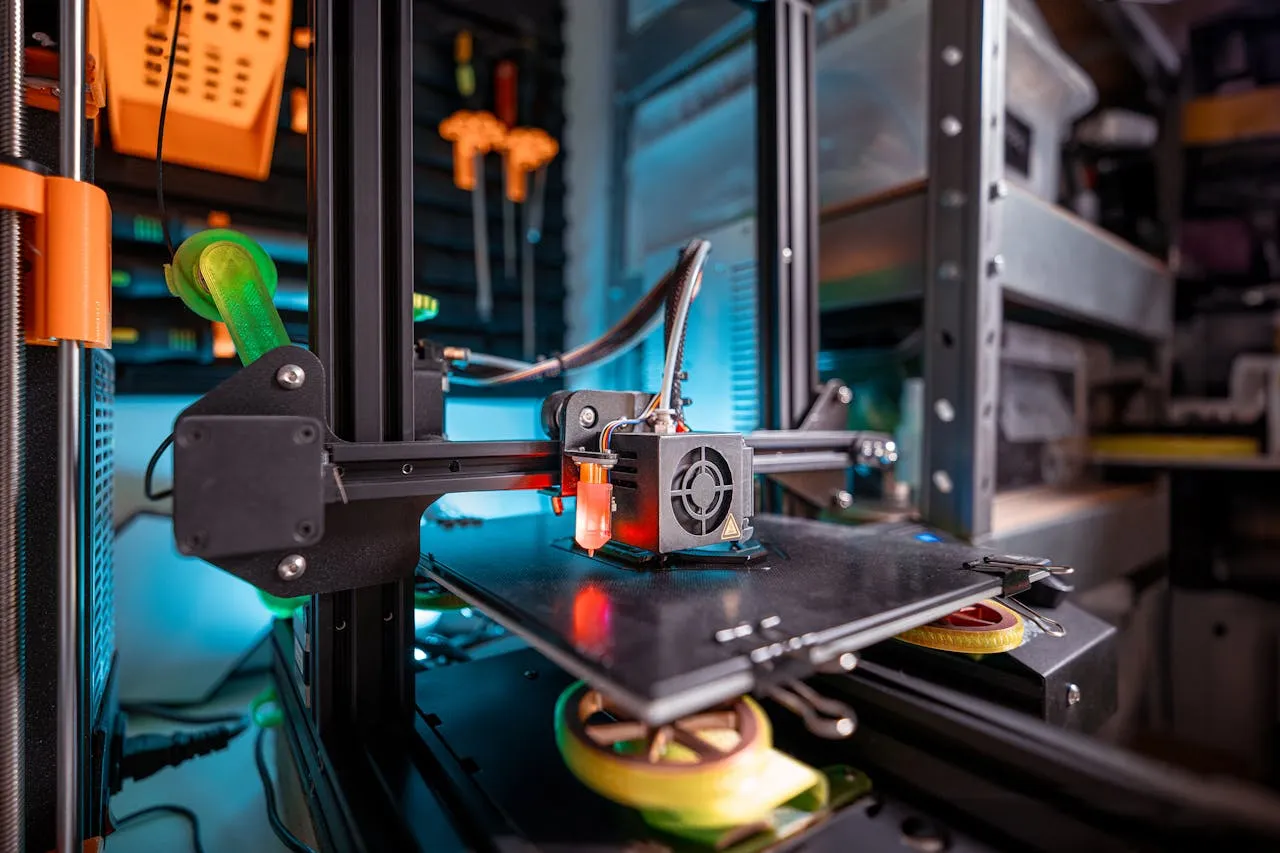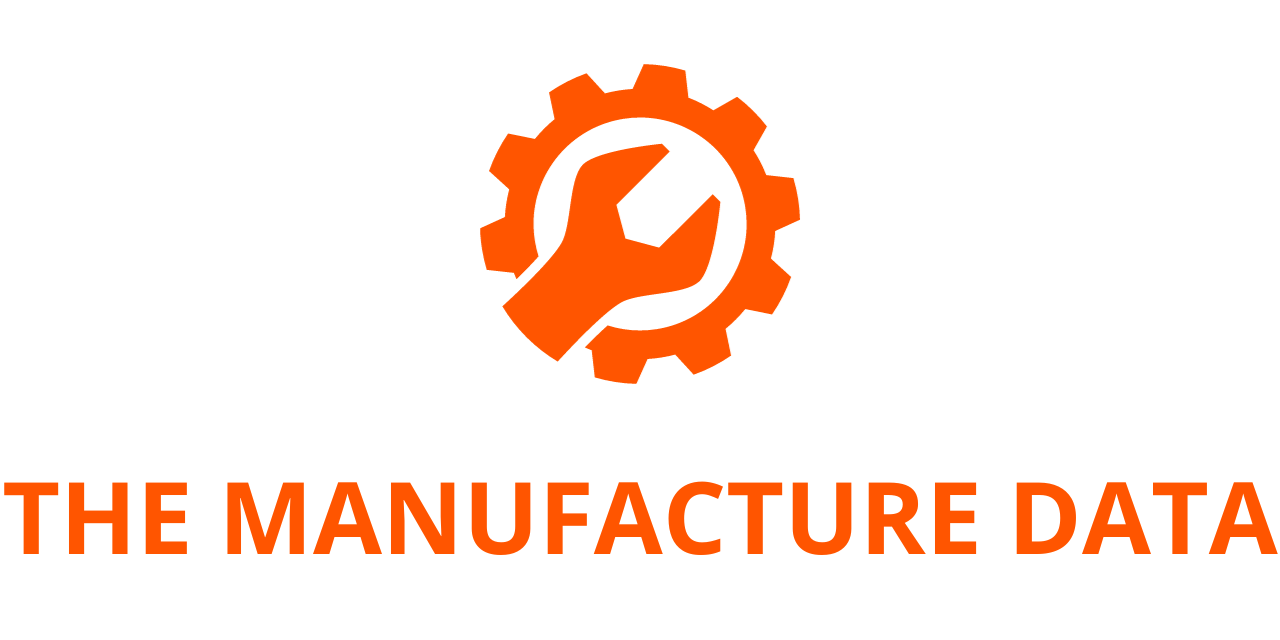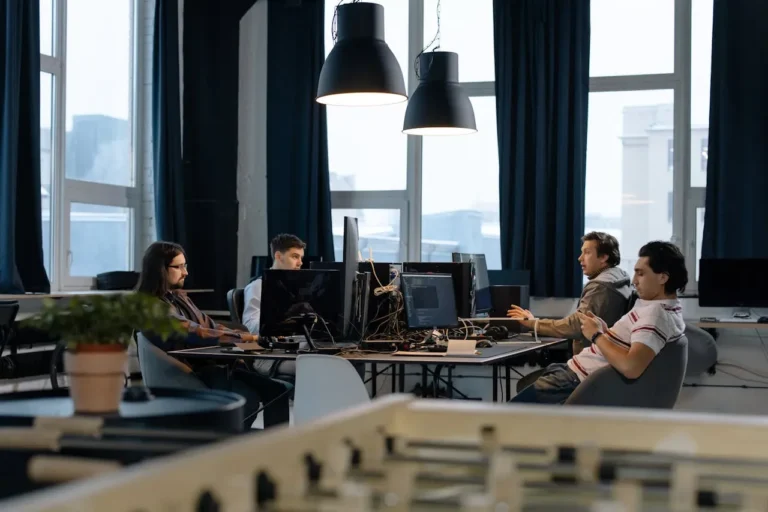
AMGTA 2025 Member Summit Showcases Sustainability Breakthroughs in Additive Manufacturing
The Additive Manufacturer Green Trade Association (AMGTA), an international consortium dedicated to advancing sustainable and resource-efficient manufacturing through additive manufacturing (AM) technologies, convened its highly anticipated 2025 Annual Member Summit on April 7 at The Shinola Hotel in Detroit, Michigan. The event brought together more than 80 industry leaders, engineers, researchers, executives, and sustainability professionals from around the world to explore the transformative power of 3D printing in creating a greener industrial future.
Founded in 2019, the AMGTA has emerged as a leading voice in the global dialogue on environmentally conscious manufacturing. With its mission rooted in understanding, validating, and promoting the positive environmental benefits of additive manufacturing, the organization has successfully attracted a diverse membership base that spans the entire AM value chain—from raw material suppliers and software developers to OEMs and end users. This year’s summit not only reinforced AMGTA’s commitment to sustainable innovation but also served as a dynamic forum for exchanging ideas, spotlighting achievements, and aligning the industry on critical next steps.
A Gathering of Global Leaders
The summit opened with a warm welcome from AMGTA Executive Director Sherri Monroe, who underscored the importance of community, innovation, and shared responsibility in building a sustainable manufacturing future. Monroe praised the cross-disciplinary expertise in the room and encouraged attendees to engage deeply in both structured and informal sessions throughout the day.
The highlight of the opening session was a keynote address delivered by Rich Voorberg, President of Siemens Energy North America. Voorberg offered a compelling look into how Siemens is deploying additive manufacturing to reimagine traditional energy systems. His talk centered on the transformation of spare parts management, refurbishment workflows, and maintenance practices through the adoption of advanced AM processes. He illustrated how these changes not only enhance operational efficiency but also significantly reduce material waste, shipping emissions, and inventory costs.
According to Voorberg, AM is proving instrumental in enabling on-demand part production, particularly for high-performance components in turbines and energy infrastructure. “We are witnessing a paradigm shift in how we think about logistics, repair, and sustainability,” he noted. “Additive manufacturing gives us the flexibility to respond to demand in real time, which has enormous implications for carbon reduction and resource optimization.”
One-on-One Industry Insights
Another standout moment was a fireside-style conversation between Monroe and Dr. Dean Bartles, President and CEO of the Manufacturing Technology Deployment Group (MTDG). Bartles, a respected thought leader in advanced manufacturing, shared candid insights on the evolving landscape of AM and its intersection with global supply chain resiliency and industrial competitiveness.

The discussion addressed pressing challenges such as workforce development, regulatory uncertainty, and technology integration, while also touching on opportunities for reshoring and digitalization. Bartles emphasized the need for collaboration across public, private, and academic sectors to build the necessary infrastructure and standards for scaling sustainable AM.
“Additive manufacturing has moved well beyond prototyping,” said Bartles. “We’re now seeing full production capabilities coming online, especially in sectors like aerospace, defense, and medical devices. The next step is to ensure we’re embedding sustainability into these processes from the ground up.”
Interactive Panels and Technology Breakouts
The rest of the day featured a series of interactive panel discussions and breakout sessions designed to facilitate deep dives into emerging technologies, implementation strategies, and sustainability metrics.
One session focused on the integration of artificial intelligence (AI) into AM workflows, highlighting how machine learning algorithms are being used to optimize build parameters, reduce waste, and improve part quality. Experts discussed how AI-driven analytics are accelerating the development of closed-loop systems that can track material usage and environmental impact in real time.
Another key discussion centered on organizational and technological barriers to AM adoption, particularly in small- to mid-sized manufacturing enterprises. Topics included the need for robust lifecycle assessments, standardization of data protocols, and incentives for transitioning from traditional subtractive methods to more sustainable additive alternatives.
Given the current geopolitical climate and economic volatility, several discussions also explored the role of additive manufacturing in helping companies navigate uncertainty. Attendees agreed that AM offers a unique combination of agility, localization, and customization—advantages that are increasingly important in a rapidly changing world.
Recognizing Leadership in Sustainability
One of the most anticipated segments of the summit was the presentation of the Sustainability Impact Recognition Awards, which honor AMGTA member organizations for outstanding efforts to advance sustainable practices in additive manufacturing. Awards were presented in four distinct categories, with some members earning accolades in multiple areas:
- Environmental Management Systems – Recognizing organizations maintaining ISO 14001 certification for effective environmental management practices.
- Sustainability Reporting – Honoring companies that publicly share Sustainability, ESG (Environmental, Social, Governance), or CSR (Corporate Social Responsibility) reports.
- Environmental Sustainability Research – Highlighting initiatives that commission or publish studies focused on sustainability in AM.
- Excellence in AM Sustainability – Acknowledging broad-based efforts to promote AM as a key enabler of environmentally friendly manufacturing worldwide.
Thirteen organizations received a total of twenty-five awards, a testament to the growing momentum within the industry to prioritize green innovation. Honorees included:
- Aachen Center for Additive Manufacturing
- Arkema
- Continuum Powders
- Aidro/Desktop Metal
- EOS
- Henkel
- Höganäs
- Hubbell
- Materialise
- RusselSmith
- Sintavia
- Stratasys
- Stryker
Each award winner demonstrated a significant and quantifiable impact on the sustainability of their operations, whether through pioneering research, implementation of greener production methods, or thought leadership in the AM space.
Innovation in Sustainability: The SAF ReLife Trophy
Further underscoring the event’s commitment to circular design principles, this year’s awards trophies themselves were a case study in sustainable manufacturing. Designed and produced by Stratasys using their innovative SAF ReLife process, the trophies were 3D-printed entirely from PA12 polymer powder waste—material that traditionally would have been discarded.
SAF ReLife is based on Stratasys’ proprietary Selective Absorption Fusion (SAF) technology and is engineered to repurpose leftover powder from common powder bed fusion systems like Selective Laser Sintering (SLS) and Multi Jet Fusion (MJF). Through a controlled thermal processing technique, the waste powder is converted into strong, high-quality components with no need for virgin material input.
This approach not only exemplifies circular economy practices in action but also delivers meaningful economic benefits by reducing raw material costs and minimizing waste disposal burdens. By integrating sustainability directly into the award artifacts, AMGTA sent a powerful message about the tangible potential of AM technologies to drive environmental and operational improvements.
Reinforcing a Shared Vision
As the day drew to a close, participants left the summit with a renewed sense of purpose and shared ambition. From technical sessions and keynote insights to networking opportunities and award celebrations, the event captured the vibrancy and forward momentum of the AM sector.
Many attendees remarked on the unique energy of the summit—an atmosphere marked by collaboration, transparency, and a willingness to tackle complex challenges head-on. It was clear that sustainability in additive manufacturing is no longer an aspirational goal; it is a present-day imperative being realized through real-world applications, data-driven decisions, and cross-industry cooperation.
In her closing remarks, Monroe reflected on the rapid evolution of the industry and reaffirmed AMGTA’s commitment to serving as both a catalyst and convener for sustainable innovation.
“We believe additive manufacturing has a critical role to play in shaping a more sustainable industrial future,” she said. “Our members are proving every day that it’s possible to be both innovative and responsible—delivering high-performance products while reducing environmental impact. That’s the promise of additive, and we’re just getting started.”
About AMGTA
The Additive Manufacturer Green Trade Association (AMGTA) was established in 2019 with the goal of promoting the environmental advantages of additive manufacturing and helping stakeholders understand its full potential in building more sustainable economies. AMGTA Based on the belief that data and transparency are essential to meaningful change, AMGTA supports independent research, collaborative dialogue, and the exchange of best practices.
Its global membership includes stakeholders from every corner of the AMGTA additive ecosystem, including material suppliers, machine manufacturers, service bureaus, end-users, and academic institutions. Together, they are advancing not only the science of additive manufacturing but also its role as a cornerstone of responsible, mindful, and modern manufacturing. To learn more about the organization’s work, research initiatives, and membership opportunities, visit www.amgta.org.




